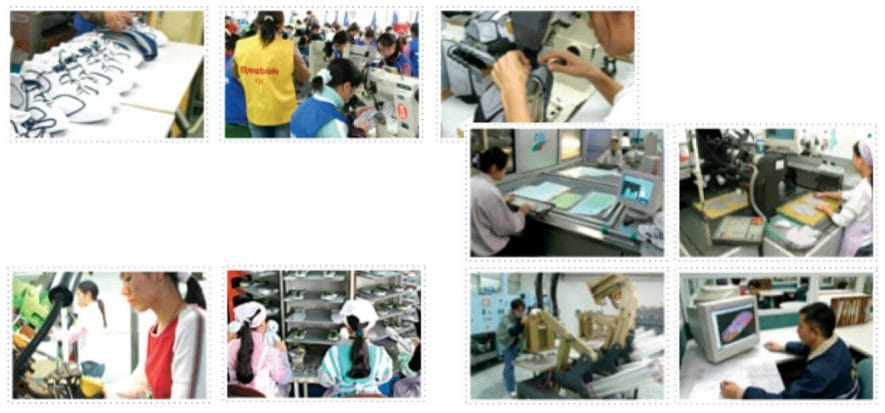Sneakers keep going strong, a great deal indeed. Yet, instability affecting global economy worldwide has been hitting their supply chain as well. Not to mention challenges arising from the trade war currently underway between the USA and China. Consequently, profitability has been going down. The financial statements, regarding the first nine months of 2019, of Yue Yuen, a sportswear-sourcing giant, give a perfect picture of the situation.
Over 300 million pairs
The multinational corporation, headquartered in Hong Kong, and founded in 1988 by the Tsai family, claims the largest manufacturing capacity in the world with regard to sneakers and training shoes. They actually produce over 300 million pairs a year. Such production accounts for about 20% of global market (wholesale). Yue Yuen manufacture in China, Indonesia, Vietnam, Bangladesh, Cambodia and Myanmar. The group’s main shareholder is Pou Chen.
The first nine months of 2019
In the first nine months of 2019, Yue Yuen revenues amounted to 7.52 billion US dollars, therefore increasing by 5.1%. Net profits reached 269 million dollars: +17.7%. Earnings coming from footwear manufacturing rose by 4%, up to 4.1 billion dollars. Volumes augmented by 1.4%, up to 239.7 million pairs of shoes. Average selling price went up by 2.6%: 17.05 dollars a pair. Revenues coming from sneakers, which account for 43% of the group’s turnover, have been rising by 5%. In the same period, earnings gained by Pou Sheng, a subsidiary company of the Group, which is up to retail sales, increased by 14.3%, therefore reaching 2.9 billion dollars (the increase is actually +20.2% if we work it out by comparing it to Chinese currency).
Yet gross profits…
The only flaw regards gross profits deriving from the group’s manufacturing activity, which decreased by 2.7%. While issuing a press release, the company emphasized that a combination of factors mostly determined such decrease. Among others, “higher product complexity, owing to the current vintage fashion trend”, then “a growing demand for a flexible production setting, such as dual-sourcing” and finally “relocation of manufacturing among countries”. Furthermore, such decrease also results from a few challenging investments, made by the group to enhance sustainability and manufacturing automation standards. In fact, such renovation process brought to a temporary reduction in the efficiency of production plants.
Picture taken from the archive
Read also:










